General Motors has made some impressive technological breakthroughs over the decades, including the first genuinely successful automatic transmission, the manufacturing techniques that made cheap V8 engines available to the masses, the first head-up display in a production car and the first working touchscreen dash computer. Today's Junkyard Gem, found in a Phoenix car graveyard, incorporated that last innovation and was priced similarly to the Audi 100 and BMW 325i.
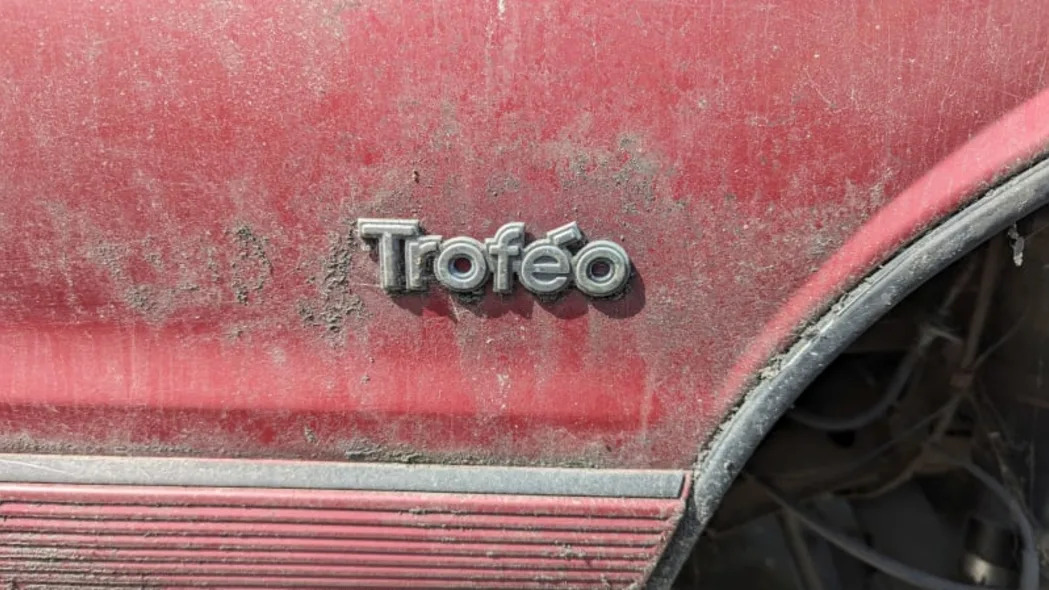
The Oldsmobile Toronado spent its 1966-1992 career as sibling to the Cadillac Eldorado and Buick Riviera (interestingly, the Riviera spent many years with rear-wheel-drive on the same chassis as its front-wheel-drive platform-mates), entering its fourth and final generation as a 1986 model. The first- and second-generation Toronados were lumbering behemoths, but became smaller and nimbler when the third-generation cars debuted as 1979 models.
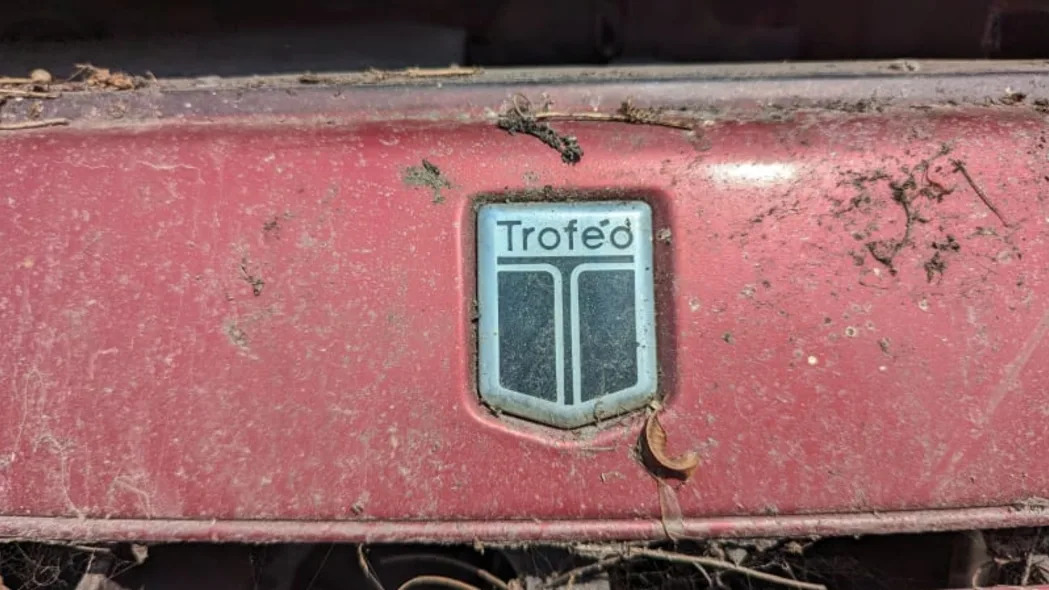
The Troféo (you need the accent for correct spelling, just as you do with the Plymouth Volaré, Cadillac Allanté and Mazda Protegé) was a sportier Toronado model available from 1987 through the end of Toronado production in 1992. It had the FE3 suspension package, giving it better handling than the regular Toronado. GM used the FE3 designation until fairly recently.
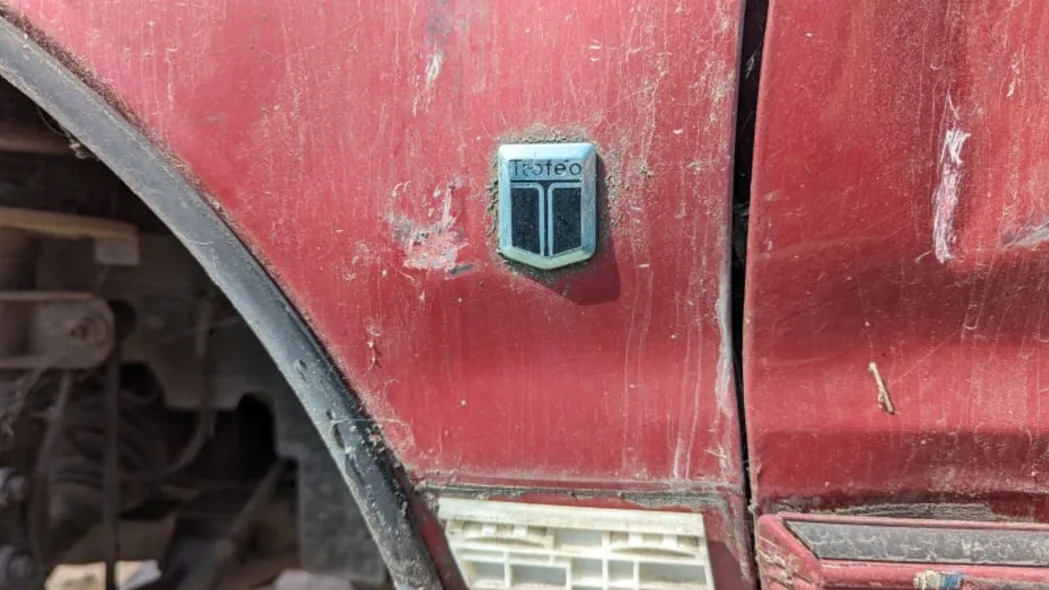
Starting with the 1989 model year, Troféos didn't get any visible Toronado badging. However, marketing materials retained the Toronado Troféo name until the end.

The Troféo's seats are "deeply cushioned and leather-covered in seating areas," while its electronics "would do a corporate jet proud."

An alert junkyard shopper grabbed the CRT-based Visual Information Center display before I arrived. This system used a touchscreen sourced from an ATM manufacturer, which ran on 120VAC current (produced by an inverter behind the dash and adding dangerous high-voltage wiring to the harness). We take car touchscreens for granted today, but this was seriously futuristic stuff for its time.
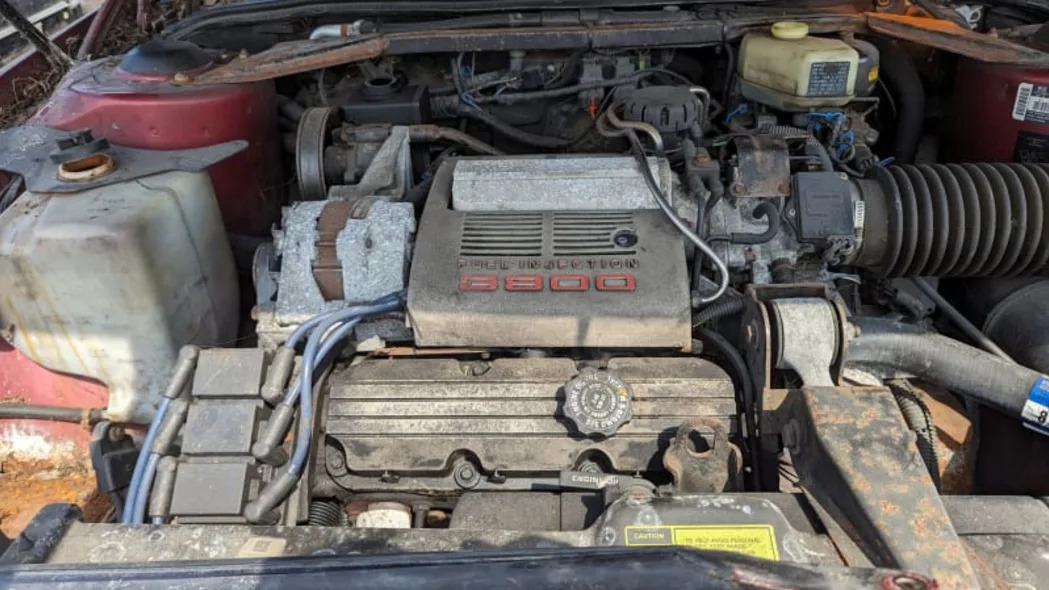
The image of high technology in a European-style package took some damage when car shoppers opened the Troféo's hood, because the only engine available in this car was the 3.8-liter Buick V6. This 90° pushrod engine was compact, reliable and made decent power, but it was three-quarters of an early-1960s Buick V8 and thus nothing like the modern overhead-cam engines in the German competition.
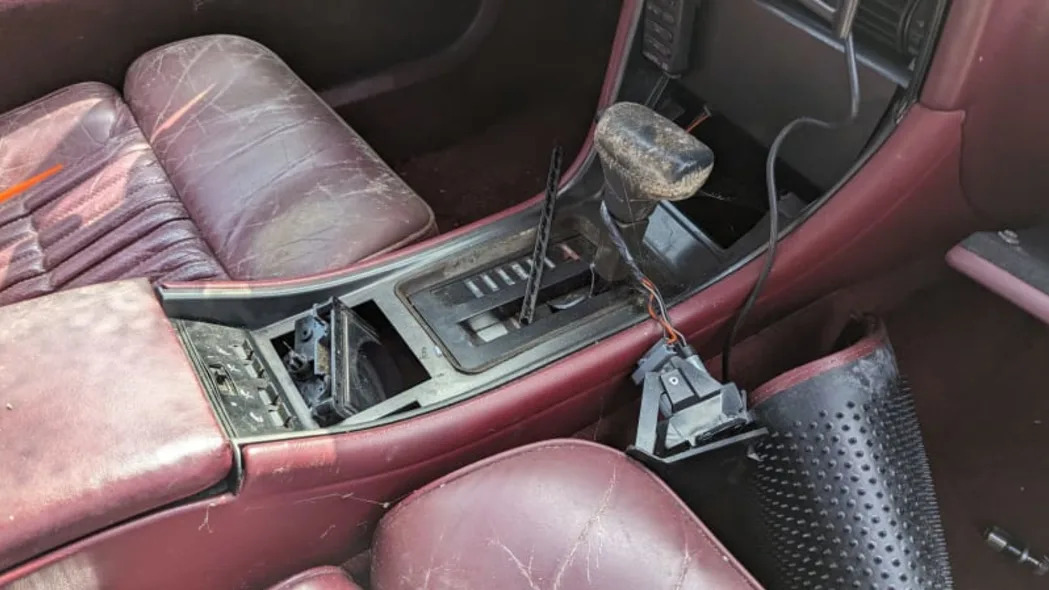
Likewise, the mandatory four-speed automatic didn't seem very sporty. While most American buyers of BMWs and Audis were choosing slushboxes by 1990, they liked the idea of a three-pedal setup being available.

The MSRP was $24,995, which comes to about $60,363 in 2023 dollars. If you wanted the hardwired car phone, that was another $995, or $2,403 after inflation (the real players of the early 1990s got Chryslers with VisorPhones).

A new 1990 BMW 325i two-door listed at $24,650 ($59,430 today), though the $33,200 ($80,178 now) 525i was closer to the size of the Troféo. The 1990 Audi Coupe Quattro was $29,750 ($71,846 in today's money) and it looked just as rakish as the Troféo while being quicker (the Troféo had 165 horsepower versus the Coupe Quattro's 164, but it was also a few hundred pounds heavier).
The children of Harry Belafonte perform a Troféoized version of his 1956 hit song, which tells us a lot about the target demographic for a new car sold 34 years later.










Sign in to post
Please sign in to leave a comment.
Continue